The National Gallery in London: Where to Start?
Having lived in London for the past three years as an art lover, I have had more than my fair share of questions about where to “start” at the...
Sophie Pell 3 February 2025
Have you ever wondered who knows the best of a museum’s collection? Probably the people who spend most of their lives between these artworks: the museum staff! Thanks to our partnership with the Van Gogh Museum in Amsterdam we had a unique chance to ask people working in this incredible institution about their favorite artworks. We interviewed not only the head of the collection, curators, and conservators, but also receptionists, assistants, and security staff. So, after bringing you the highlights and hidden gems, here are the Van Gogh Museum staff picks!
The Van Gogh Museum is located in Amsterdam and was established in 1973. It houses the largest Vincent van Gogh collection worldwide. There are 200 paintings, lots of drawings, and even more letters penned by the artist. Besides the legacy of the Dutch master, you can see there also artworks made by his famous contemporaries, such as Paul Gauguin, Édouard Manet, Claude Monet, Odilon Redon, Georges Seurat, Paul Signac, and Henri de Toulouse-Lautrec.
Marije, Head of Collection & Research
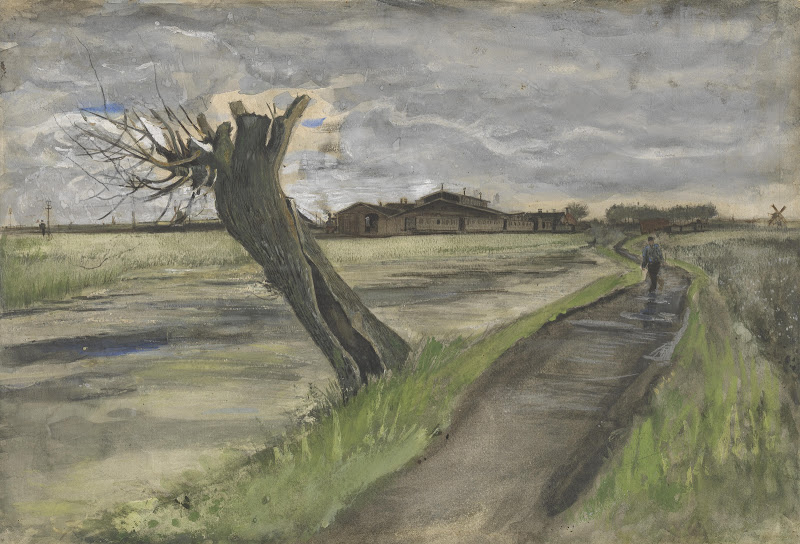
Pollard Willow is a first-rate work from van Gogh’s early years. When he made this watercolor, he had hardly worked with color before. I think it’s impressive that he was already able to create such an atmospheric landscape that is such a good likeness. van Gogh combined watercolor with a detailed drawing – he was already an experienced draughtsman, so this helped him. If you look closely at the water, you can see that a rowing boat has just passed by; you can just about make it out in the distance.
Fleur, Curator of Prints and Drawings
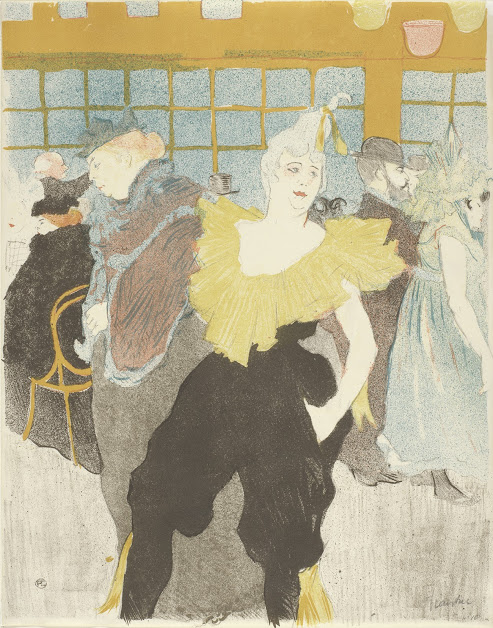


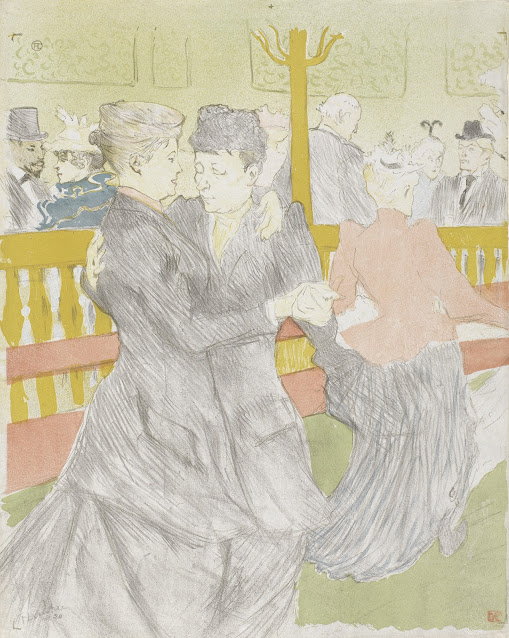


Toulouse-Lautrec might be my all-time favorite fin-de-siècle artist. He was a merciless observer of the Parisian nightlife scene, to which he was no stranger. The enjoyment and flair oozes off the paper! As you can see here, he splashed ink onto the stone, and achieved lots of other effects with the lithographic stone: from pencil-like lines to black silhouettes.
Karlijn, Head of the Registrar’s Office
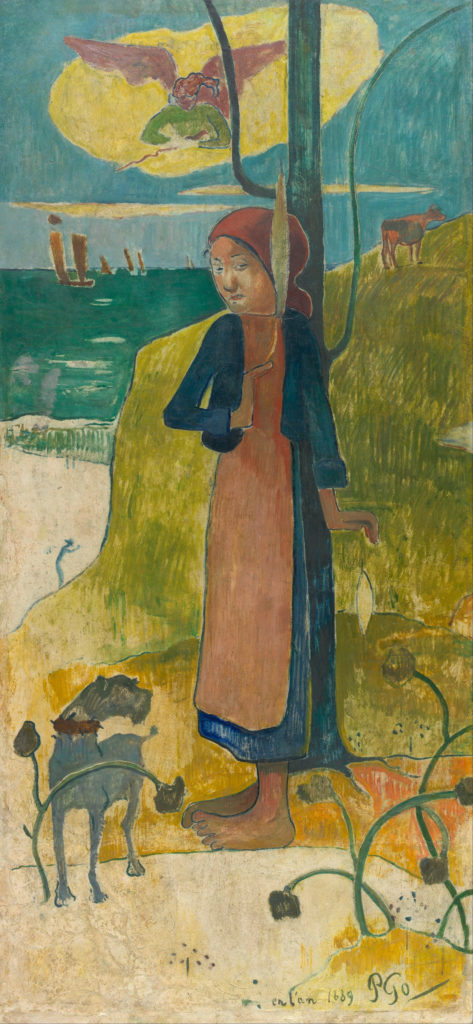
I have a special connection with this girl ‘with the big feet’, as I have often chaperoned her as a courier. I flew with the work to Tokyo for an exhibition, and was there when it was put on display. It is a unique object and complicated to hang up. It’s essentially a chunk of a wall, weighing some 70 kilos. This means that lots of people have to get involved, and this girl demands special treatment – always a challenge.
Mohammed, Security Officer
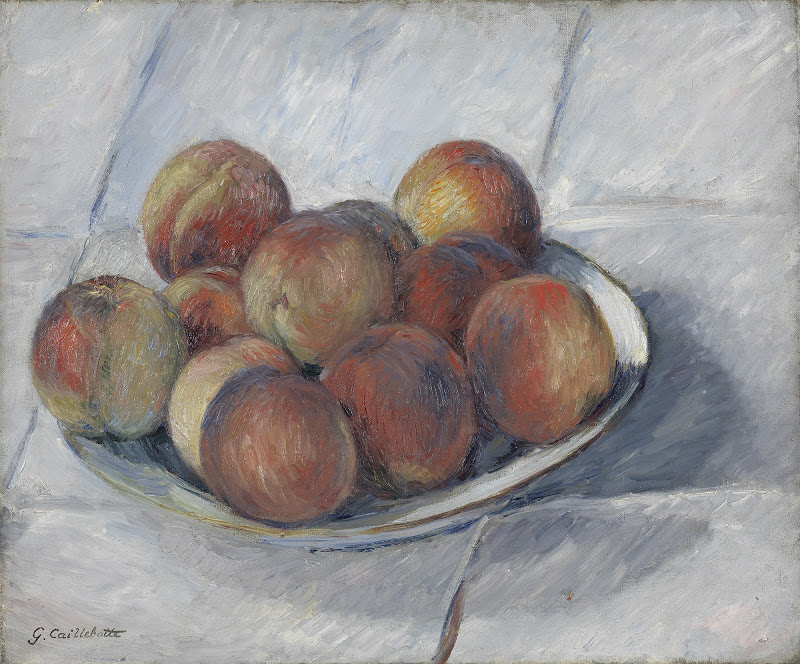
I like fruit, and peaches are my summer favorites. I buy them all the time. In my homeland of Morocco, there are lots of different types, and you’d be likely to find a plate like this at my home. That’s why this still life appeals to me. We also have a street scene by this artist on display at the museum, but this work is something else.
Sarah, Exhibitions Assistant
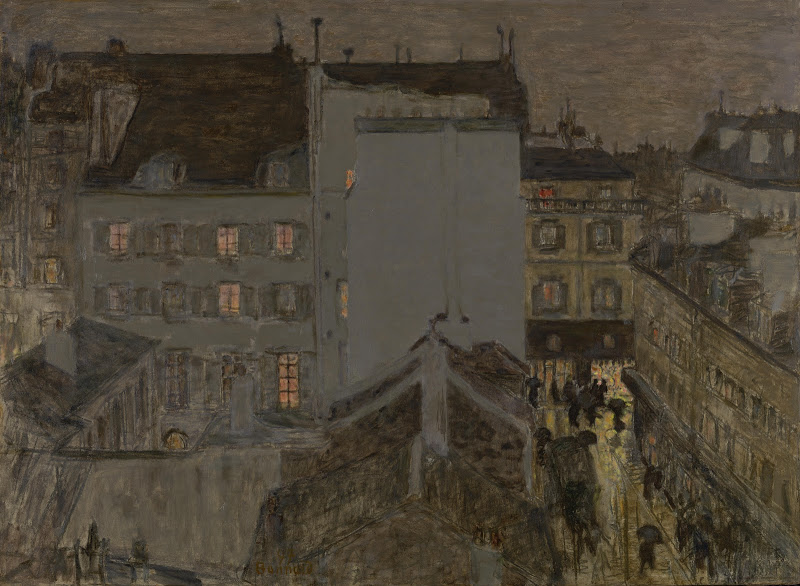
I would just love to be there! There is no other city where I would like to be in the rain than Paris, there is nothing more beautiful. The painting is so expressive and atmospheric, with people walking under umbrellas in the rain. It is dark and I wonder what is happening behind those windows, who lives there. I would have loved to see Paris back then, without cars. Just sitting there for hours, observing the city, wonderful!
Oda, Conservator
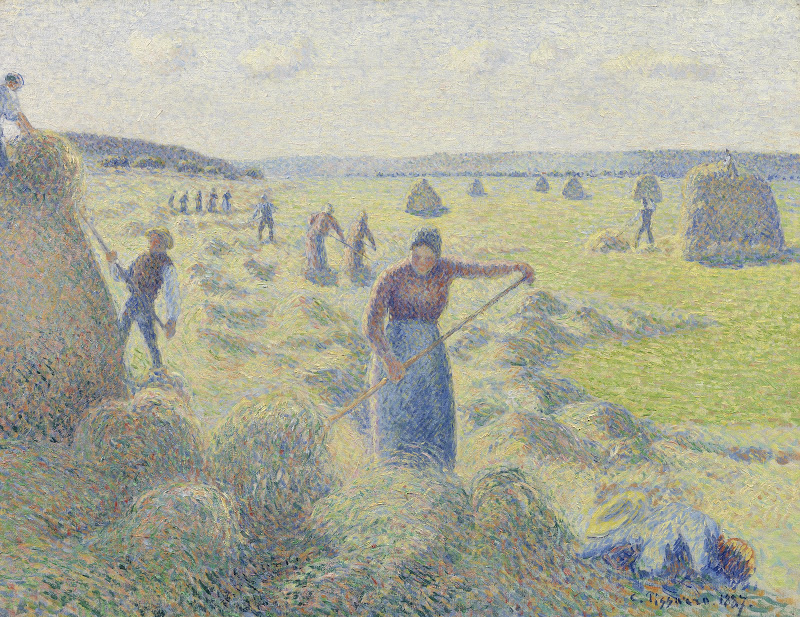


This work by Pissarro is an exquisite example of pointillism. But as a restorer, especially the untouched canvas of this painting is a true gift. This means that the stamp of the artists’ supplies shop Troisgrois Fréres is still visible on the reverse, so we know that Pissarro purchased this canvas at Rue de Laval 35 in Paris. This offers us a fantastic insight into the artist’s life and working method.
Maarten, Receptionist
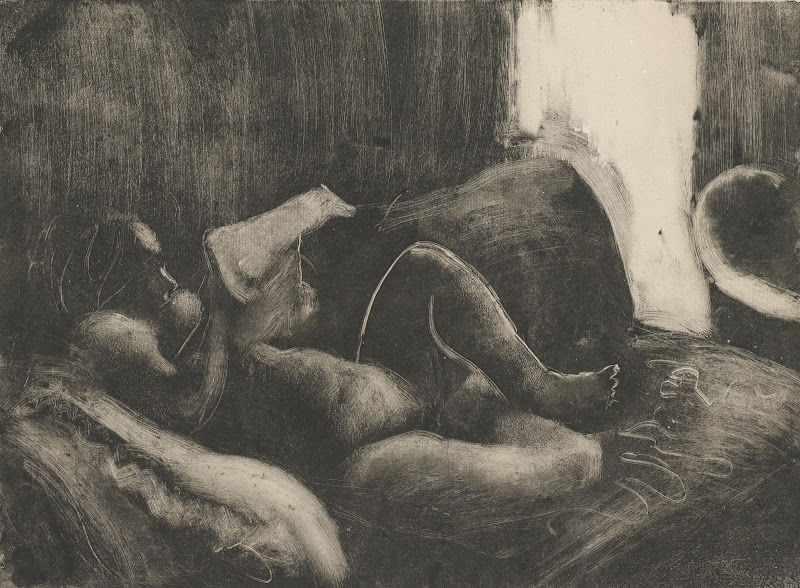


I like black and white. This image is so rough and ready, really positive-negative. It is almost as if Degas took a black sheet and started erasing the ink. It reminds me of works by the American abstract artist Franz Kline. I really like abstract art. If you zoom in on Van Gogh’s work, it also becomes abstract. That’s fantastic!
René, Curator of Education
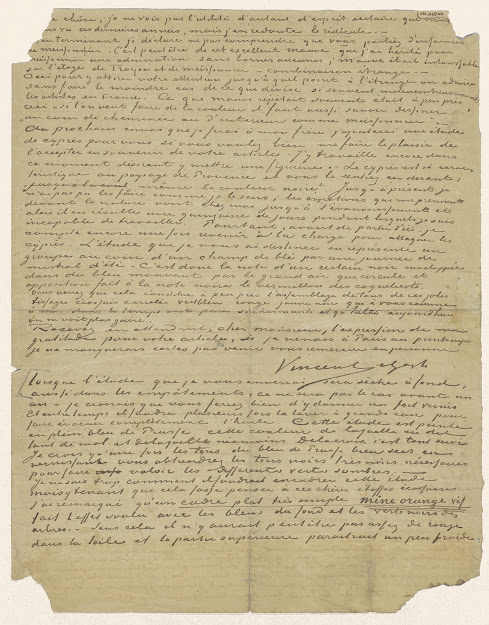


When Vincent finally received recognition, he wrote two full pages to art critic Albert Aurier, trying to convince him that he certainly did not deserve the praise. His words reveal a great love of art. The letter may look a bit shabby, but to me, it is one of the most touching. I think that Aurier’s words of praise for Vincent are definitely justified. It’s sad that he was no longer able to see that for himself.”
DailyArt Magazine needs your support. Every contribution, however big or small, is very valuable for our future. Thanks to it, we will be able to sustain and grow the Magazine. Thank you for your help!